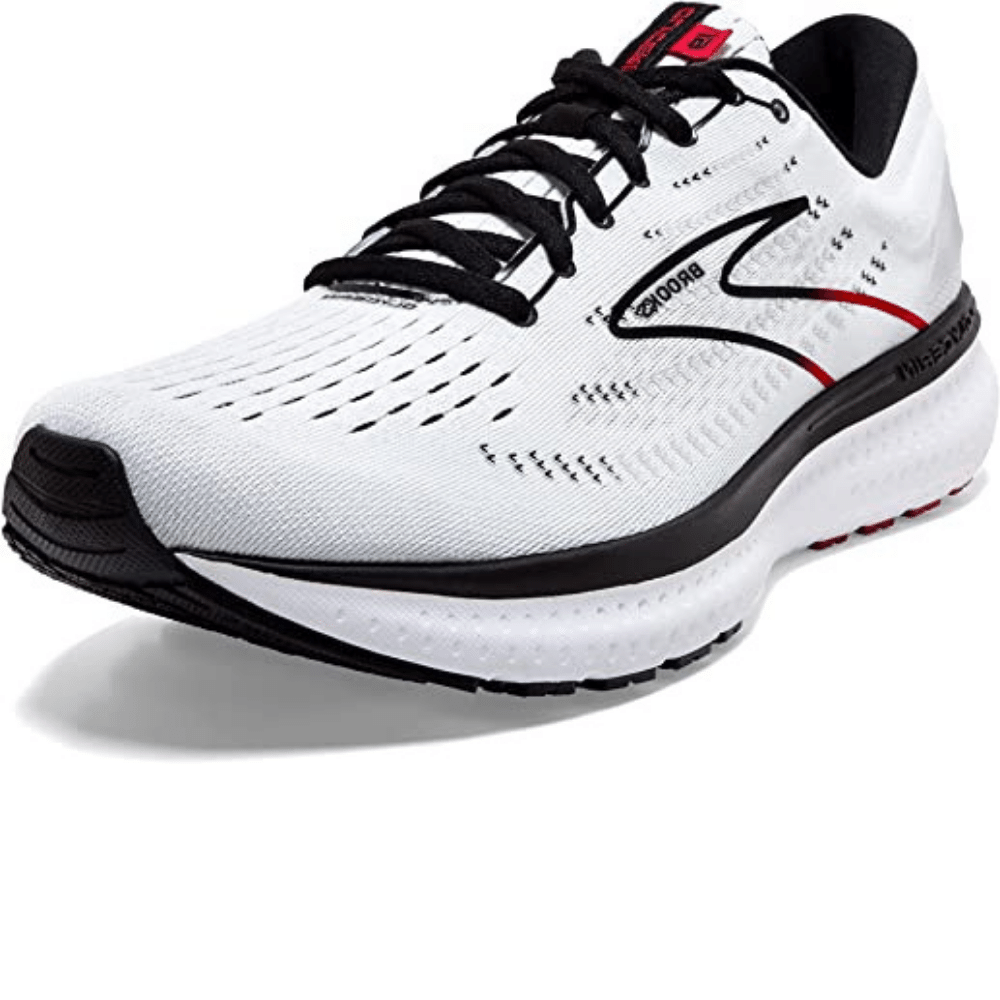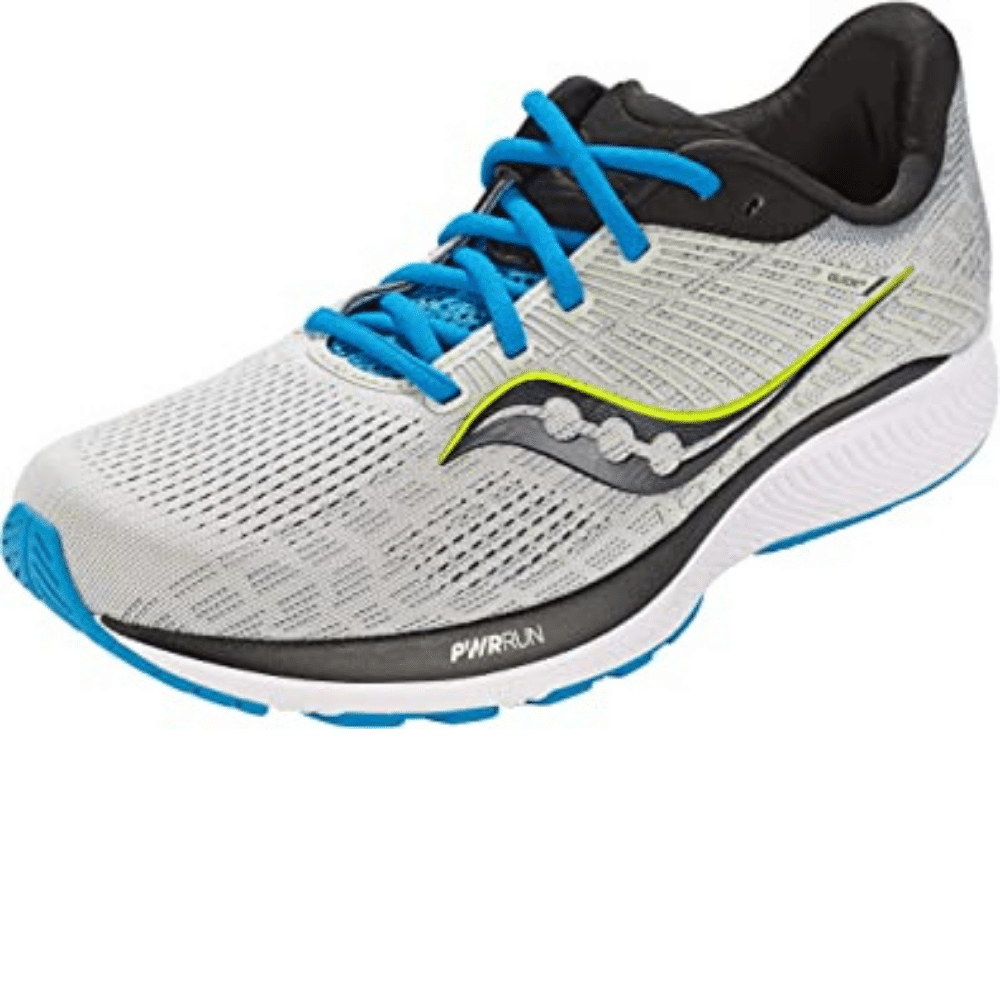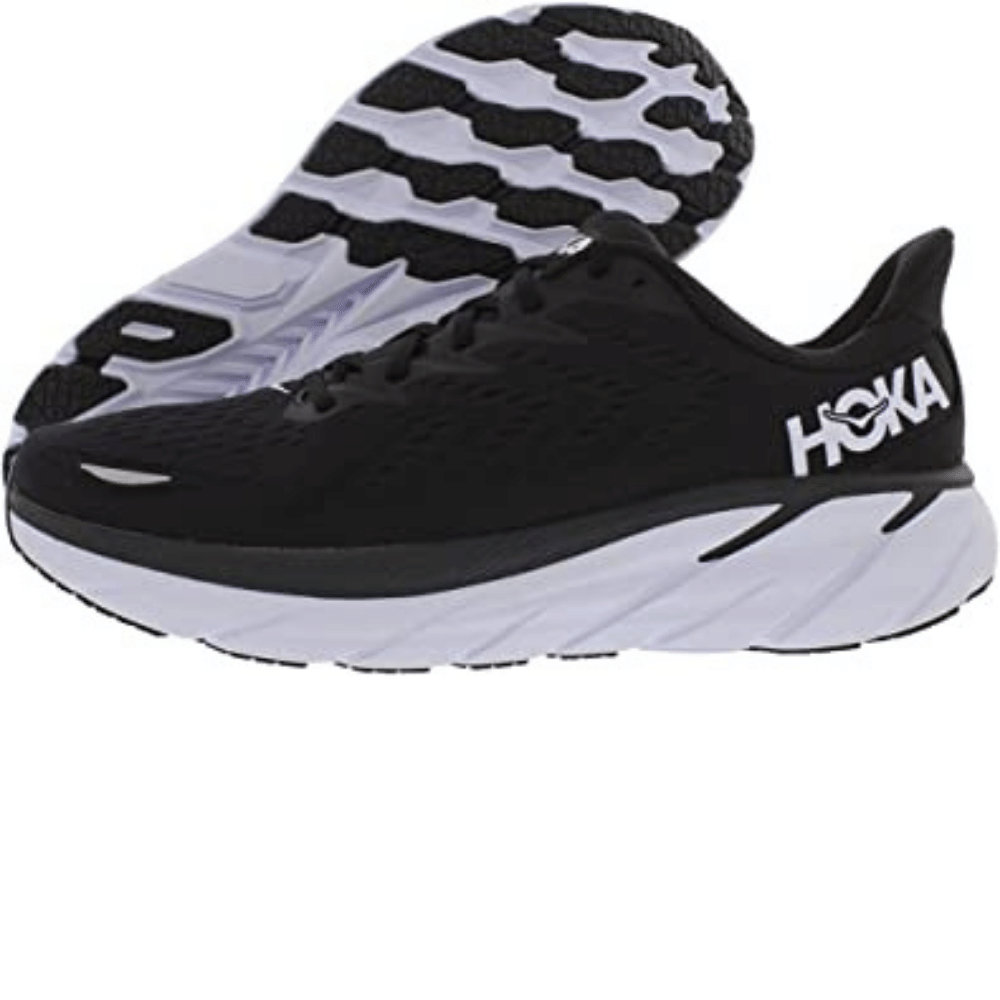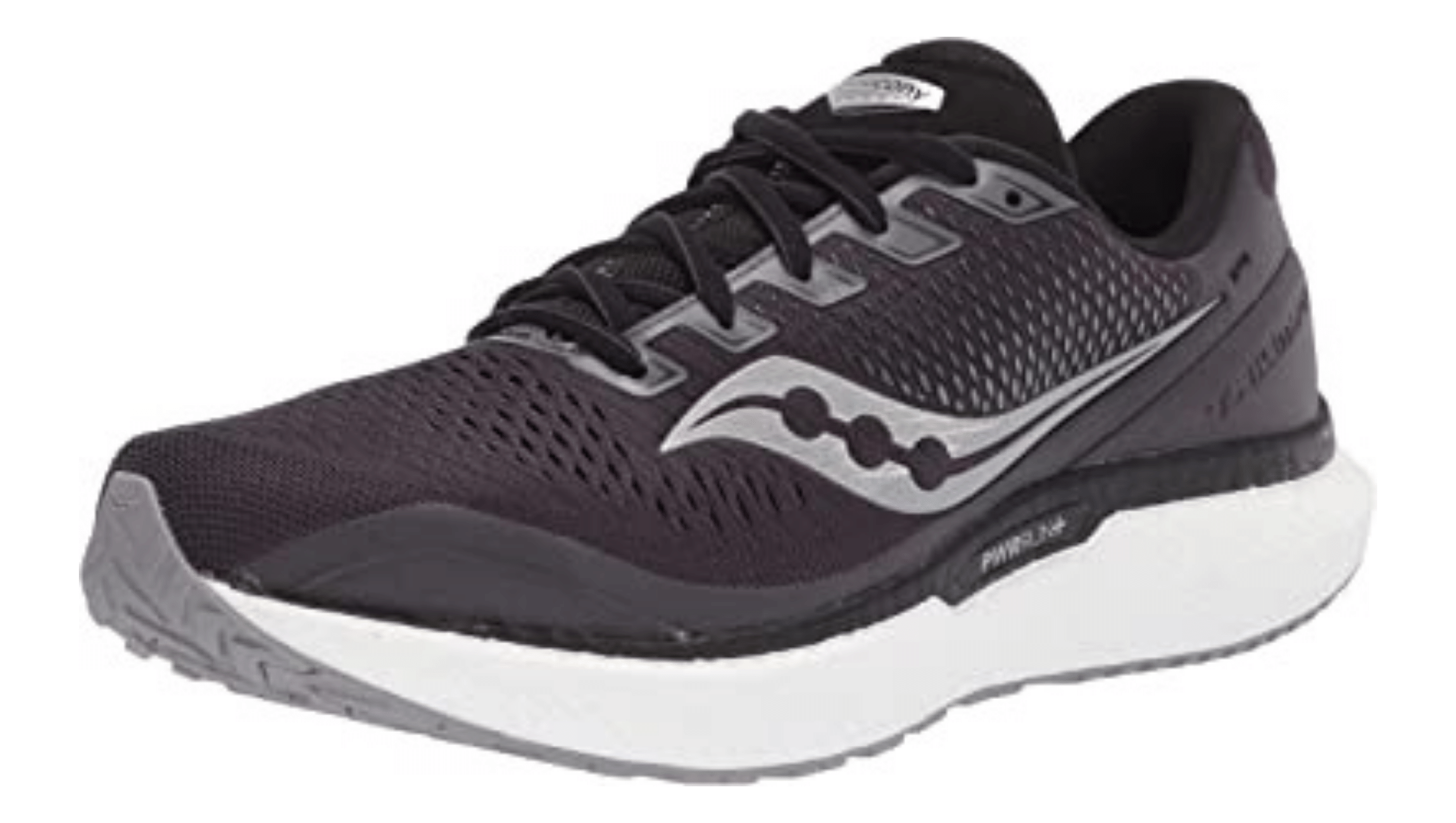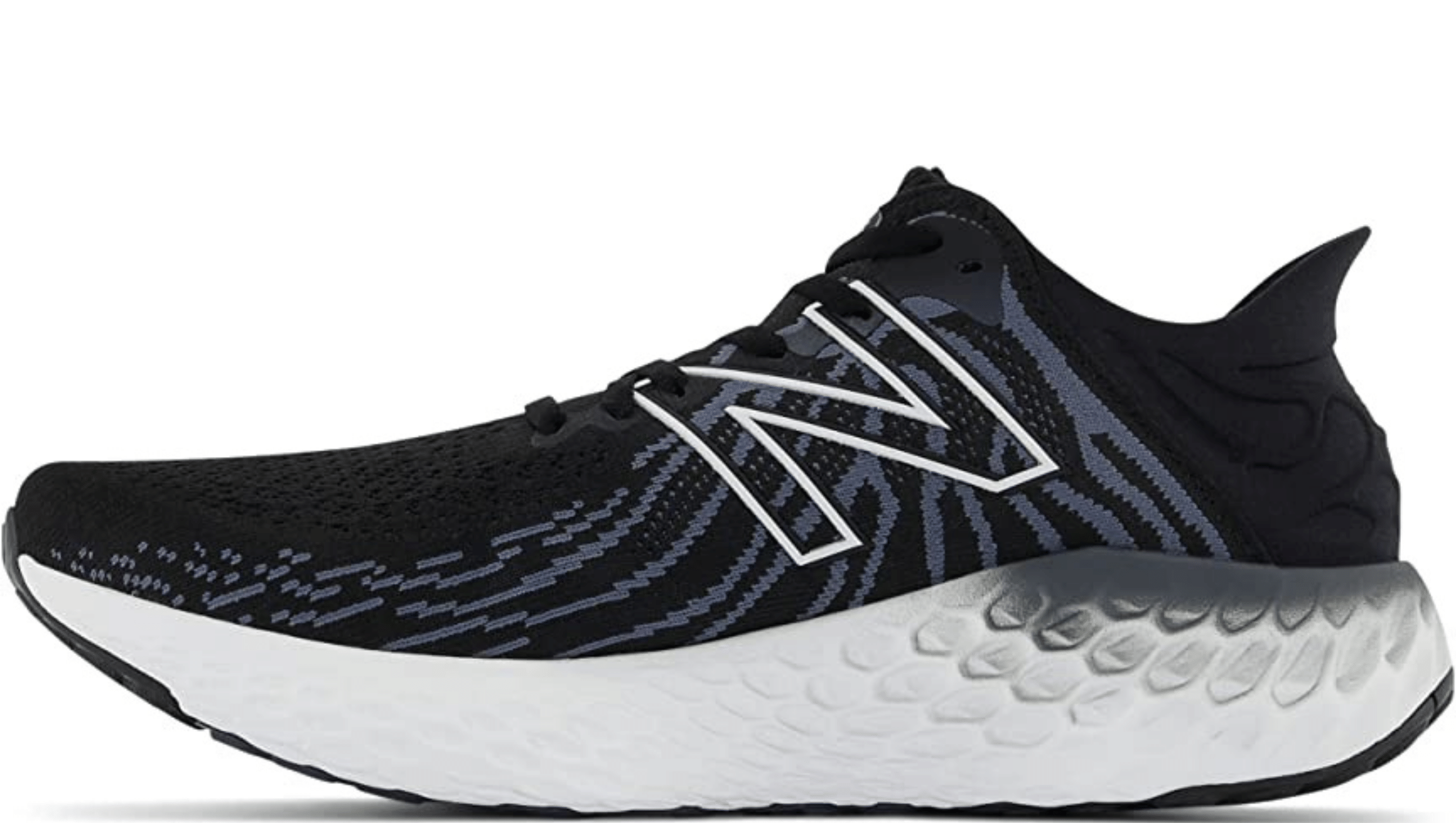Are you a runner who is struggling with shin splints?
You're not alone. Shin splints are one of the most common running injuries. But don't worry, we're here to help. In this article, we will review five of the best running shoes for shin splints on the market. We'll tell you what makes each shoe special and help you decide which one is best for you.
If you're looking for some relief from your shin splints, read on! We think you'll find the perfect running shoe in our list of five favorites.
Scroll down to read more about the best running shoes for shin splints!
We've curated a list of top-quality products below that we're confident you'll love. Our editors have independently selected each one, and although some have been sent to us as samples, all opinions in this article are our own. We want to be transparent with you and let you know that FlairFindings may earn a commission or other compensation from the links on this page if you decide to make a purchase. This is how we sustain our business & content flow. Additionally, we have edited reviews for length and clarity. We hope you enjoy discovering your new favorite item!
How We Select The Best
A lot of runners experience shin splints at some point, and it can be really tough to find a good pair of running shoes that help with the pain.
Shin splints are a common injury for runners, and they can make it tough to continue your regular routine.
We've put together a list of the best running shoes for shin splints that are available on Amazon. We also gathered user reviews to give you more perspectives on each shoe.
What's the Big Deal?
Looking for a shoe that can do it all? Look no further than the Brooks Glycerin 19! This shoe is among Brooks' more adaptable trainers, suitable for daily runs, recovery runs, and even long distances. Every step from heel to toe feels wonderfully comfortable and fluid thanks to the plush layer.
Wearers will also be lured towards the shoe's DNA Loft foam midsole, that gives extra cushioning without losing durability or diminishing responsiveness. The shoe delivers all-around comfort while preventing injuries by ensuring a smooth & springy ride. So why wait? Get a pair of Brooks Glycerin 19 today!
What You Should Know
The Glycerin 19 with DNA LOFT provides the most plush underfoot sensation yet, allowing runners to enjoy simple comfort. An inside stretch bootie has a luxurious feel that wraps your foot and glides and extends with your stride.
The designed mesh upper improves fit while delivering neutral support. The utmost in softness and coziness, Glycerin 19 is made for runners who prefer cushiony soft cushioning. Perfect for road running, cross training, the gym, or anywhere else you can think of!
What's the Big Deal?
The Saucony Guide 14 doesn't mess around when it comes to stability and performance. If you're looking for a shoe that will give you an edge on your runs, this is it. The Guide 14 helps to correct overpronation, so you can land confidently and smoothly with each step.
It's also incredibly comfortable, so you'll want to keep wearing it long after your run is done. With its sleek appearance and confident design, the Guide 14 is the perfect choice for athletes who want the best of both worlds.
What You Should Know
The Saucony Guide 14 is a high-performance running shoe that provides a truly comfortable fit thanks to its innovative FORMFIT technology. The shoe's midsole features PWRRUN foam, which is softer and more receptive than traditional EVA foam formulations.
As a result, the Guide 14 provides an exceptionally smooth and responsive ride that is sure to please even the most demanding runners. In addition, the shoe's attractive design is sure to turn heads on the trail or the treadmill. With its combination of comfort, performance, and style, the Saucony Guide 14 is an outstanding choice for any runner.
What's the Big Deal?
Looking for a sneaker that's comfortable enough to feel like you're walking on clouds? Check out the Hoka One One Clifton 8! This sneaker is perfect for anyone suffering from shin splints, thanks to its EVA foam midsole which provides excellent shock absorption.
Plus, its thick and wide soles make it durable enough to handle whatever you throw at it, while still being lighter than previous iterations. And with Hoka's Meta-Rocker technology, you'll enjoy quick transitions from heel to toe. So why wait? Get your hands on the Clifton 8 today!
What You Should Know
The Clifton 8, the newest model in the legendary Clifton line, offers an even smoother ride than its predecessors. Reinvented with new, ultralight midsole foam that nearly disappears underfoot and is 15% lighter than the previous edition, building on the geometry that established the Clifton as a transition shoe for first-time HOKA users. This cutting-edge design has a breathable mesh upper, ultra-plush tongue, and polished pull tab.
The Clifton 8 is the ideal everyday trainer, with HOKA's enlarged crash pad at the heel and enhanced rubber coverage for durability. The Clifton 8 provides a softer underfoot feel, a wide toe box, and more responsiveness than ever before while still providing the same incredible levels of cushioning and support that have made it a favorite among runners of all levels. Whether you're looking for your first pair of HOKA shoes or you're a seasoned vet, the Clifton 8 is sure to provide an incredible ride.
What's the Big Deal?
Looking for a solid long-distance running shoe with plenty of support? Check out the Saucony Triumph 18. This shoe has a breathable mesh upper and Saucony's PWRRUN+ foam, which provides cushioning and shock absorption throughout the entire shoe.
The Triumph 18 is also thicker than other models, so if you're looking for a more springy feel, this might not be the right shoe for you. However, if you're just looking for a casual running shoe to help you maintain good posture, the Triumph 18 is a great option.
What You Should Know
The Triumph 18 is a new take on a old favorite, and it does not disappoint. With PWRRUN+ midsole cushioning and a reconfigured design, the Triumph 18 provides a luxurious and comfortable ride that is perfect for lengthy runs.
The new midsole geometry gives the shoe a more responsive feel, while the blown rubber outsole increases durability and grip. The TRIFLEX design helps with quick transitions and increased flexibility. The FORMFIT system ensures a custom-like fit, making the Triumph 18 one of the most comfortable shoes on the market.
What's the Big Deal?
Looking for a new long-distance running shoe that will help you go the extra mile? Check out the New Balance 1080v11. This top-of-the-line running shoe is designed to promote maximum speed and built to last, with a lifespan of 500 miles.
That means you can hit the ground running –literally – without worrying about your shoes falling apart before you reach the finish line. The 1080v11 also features a unique heel design that fits snugly around your ankle for a comfortable, sock-like fit. So if you're looking for a high-performance, durable shoe, the New Balance 1080v11 is the perfect choice.
What You Should Know
The narrow toe box is firm and may take some time to break in, but if you can be patient, these shoes will be well worth it. The upper mesh is made of HypoKnit, and the heel is made of Ultra. The Fresh Foam X offers excellent cushioning. The design has a secure heel and the laser etching on the midsole reduces weight which is ideal for long-distance running.
New Balance has also included a data-driven midsole design to provide more support in the areas that runners need it most. The outsole uses less rubber in order to reduce weight, and it also features laser-engraved pods that provide traction without adding bulk.
Running Shoes For Shin Splints FAQs
Here are the most frequently asked questions about running shoes for shin splints.
What causes shin splints when running?
Shin splints are a type of overuse injury that is usually caused by an overload of the lower leg muscles and tendons. This can be from doing too much, too soon--such as increasing your mileage or intensity too quickly when you start running.
It can also be from running on hard surfaces such as pavement, which puts a lot of stress on the shins and may cause medial tibial stress syndrome. Other causes of shin pain may include flat feet (fallen arches), tight calf muscles, worn-out shoes, or improper running form.
Does running shoes affect shin splints?
Shin splints are a very common injury among runners, and can be quite painful. Many people feel that they are caused by the shoes you wear, but this is not necessarily the case. While the wrong type of shoe can certainly contribute to shin splints, there are other factors that can cause them as well.
The main cause of shin splints is actually overpronation. This is when your foot strikes the ground too hard on the outside edge, and then rolls inward. This puts a lot of stress on the muscles and tissues around your shin, and can eventually lead to pain and inflammation. If you have flat feet or low arches, you are more likely to overpronate and end up with shin splints.
Will new running shoes help shin splints?
It depends on the cause of your shin splints. If you are experiencing pain because of a misalignment in your foot, new running shoes may help to correct the problem. However, if your shin splints are caused by a lack of muscle strength or flexibility, new running shoes will not help. In fact, they may even make the problem worse.
Before you invest in a new pair of running shoes, it's important to identify the root cause of your shin splints and address that issue first. A physical therapist can help you do this and can also provide exercises to strengthen and stretch the muscles around your shins.
Can you get rid of shin splints while still running?
Yes you can. Shin splints are common among runners, and they are typically caused by overuse or incorrect form. They can be treated through a combination of rest, ice, and physical therapy.
If you are experiencing shin splints, it's important to take a break from running and allow your shins to heal. You can still maintain your fitness level by doing other forms of exercise such as biking or swimming. Once your shins have healed, you can start slowly reintroducing running into your routine. Make sure to use proper form when running and increase your mileage gradually to avoid future shin splints.
How do I stop getting shin splints?
There are a few things you can do to minimize your risk of getting shin splints, or prevent them from coming back once you've had them:
- Wear the right shoes. Make sure they're supportive and provide good cushioning. You might also want to consider wearing orthotics if you have flat feet or high arches.
- Avoid hard surfaces. If you're a runner, try running on grass or a soft track instead of pavement.
- Don't overdo it. Listen to your body and pace yourself when you're working out or participating in activities that put stress on your shins. Slowly increase your intensity and duration to avoid overworking the muscles.
Do compression socks help with shin splints?
There is some anecdotal evidence that compression socks help avoid shin splints, but there is no definitive scientific study to support this claim.
Some people believe that the compression socks help to improve blood circulation and reduce inflammation, both of which could potentially help to reduce the symptoms of shin splints. However, more research is needed to confirm whether or not compression socks are an effective treatment for shin splints.
How do you know if your running shoes are wrong?
There are a few signs that you have worn out running shoes that may be bad for you. If you experience any pain in your feet, ankles, or legs while wearing them, they are likely too tight or the wrong shape. If your lightweight shoe is excessively worn down, they may not provide enough support and elevation, causing you to overpronate (roll your foot inward when Running).
This can lead to pain in the arch of your foot. Finally, if you find yourself getting injured more often than usual when wearing a certain pair of shoes, it is probably time to switch to a different type or brand. experiment with different types of shoes until you find a pair that feels comfortable and provides the support you need without causing any additional injuries.
Is it okay to run with shin splints?
Yes, it is generally okay to continue running if you have shin splints. However, you may need to modify your running style in order to reduce the pain and inflammation caused by shin splints.
For instance, you may need to reduce your mileage or take a break from running altogether until the pain subsides. You can also try alternating between running and walking until your shins feel better. Finally, make sure to wear supportive shoes that cushion your feet and absorb shock as you run.
How long after shin splints can I run?
You can generally resume running within a week of the onset of shin splints, as long as the pain is gone and you are symptom-free. However, it's important to gradually increase your running frequency and intensity to avoid re-injury.
How long should you rest shin splints?
There is no one-size-fits-all answer to this question, as the amount of rest required to recover from shin splints will vary depending on the severity of the injury. However, as a general guideline, it is usually recommended that people with shin splints take 2-3 weeks off from running or other high-impact activities to allow the inflammation to subside.
During this time, you can continue to stay active by participating in lower-impact activities such as swimming or biking. If your pain persists after several weeks of resting and icing your shins, you may want to consult a doctor or physical therapist to rule out other possible causes of your pain.
Final Word
We hope that this article was able to help you in some way. Whether you are a beginner runner who is just starting out, or an experienced marathoner who is looking for a new shoe to prevent shin splints, we believe that our evaluations and findings can be of assistance.
We gathered all the information here so that it would be easy for you to make a purchase decision on the best running shoes for shin splints and hopefully alleviate any pain you might experience. So what are you waiting for? Tap the button to get a pair today!
Depending on your needs, any of the items we’ve listed below could be a great selection!
Best Overall
Brooks Glycerin 19
Best For Stability
Saucony Guide 14
Most Cushioned
Hoka One One Clifton 8
Best Support
Saucony Triumph 18
Best For Long Distance
New Balance Fresh Foam 1080v11
Thanks for following our guide! We hope it helps you find the right running shoes for shin splints.
Your friend,
Lucius


